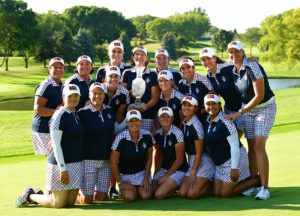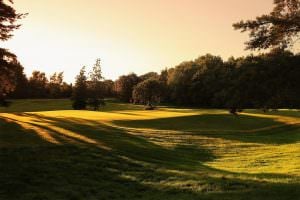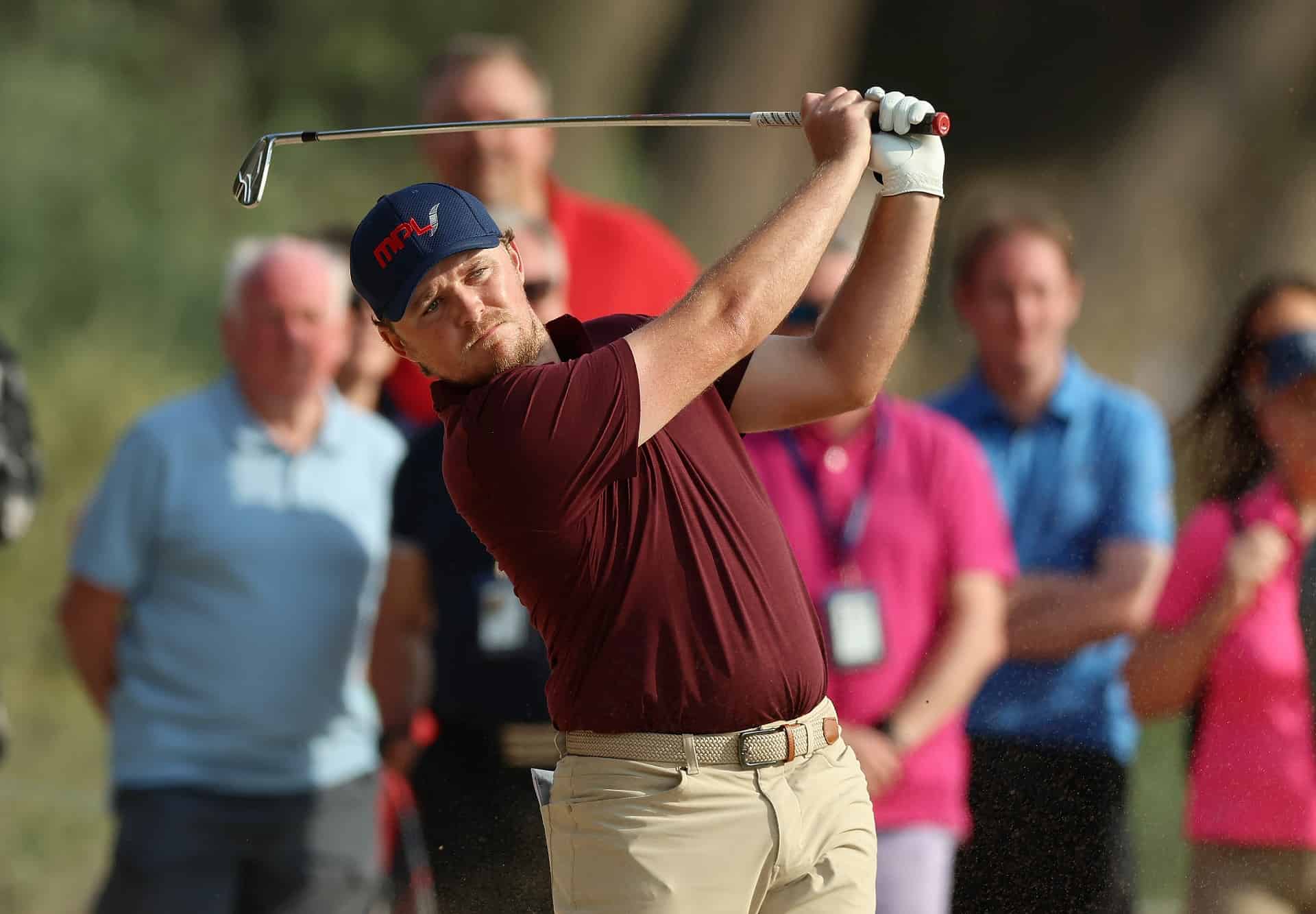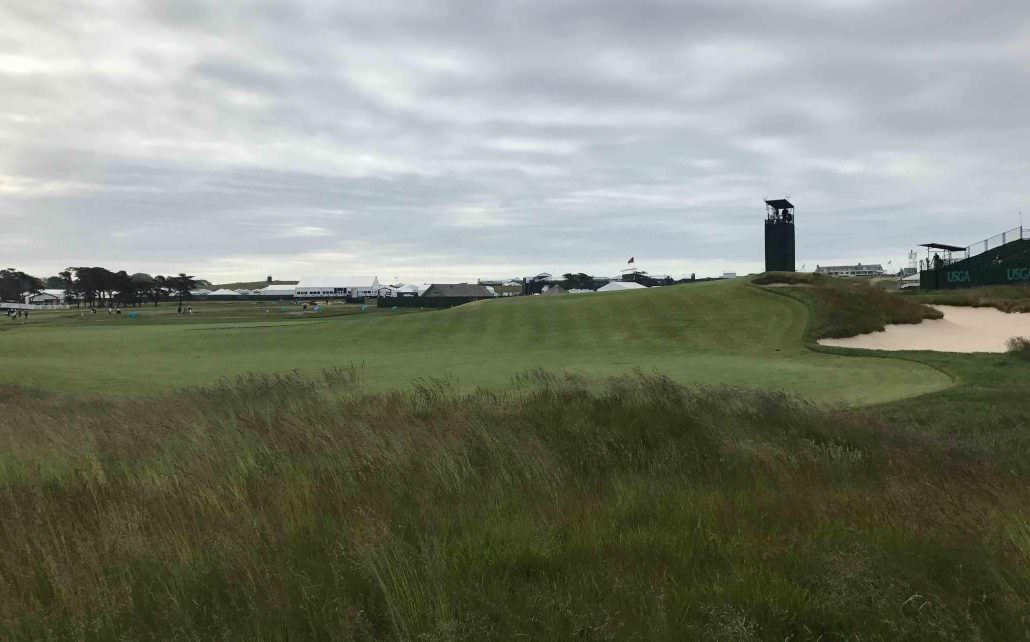
What is Shinnecock Hills REALLY like?
With wall-to-wall coverage, and almost every shot viewed and reviewed, there aren’t too many better ways to watch a major then sat in front of the box.
But great as TV is, it can’t show you everything. Those big slopes, the elevated tees and the sharp run off areas can often be a mystery to those of us watching in faithful two dimensions.
So with the US Open about to get away, let’s go on a course tour with a difference. Let’s try and take you to the areas of Shinnecock Hills that you might not see so clearly on your set…
1st, par 4, 399 yards

It’s a big drop off an elevated tee but it’s a pretty wide fairway and, with nothing more than a wedge in, plenty of the players will be pretty disappointed if they don’t get under way with a birdie.
That said, if they are a little wide off the fairway, or the approach isn’t quite on the mark, there’s some really stodgy stuff that will definitely impede their progress.
2nd, par 3, 252 yards

The longest par 3 on the course isn’t a problem in terms of the distance, because it seems to play with the prevailing wind.
But even though the depth of the green is 45 yards, many of the players I watched were trying to run the ball short and let it bounce onto the putting surface.
That means the two bunkers shown on the right are likely to get quite a lot of work.
7th, par 3, 189 yards

This is the Redan hole the USGA infamously ‘lost’ in 2004 at Shinnecock Hills. It was running so firm balls simply couldn’t hold the green.
Seeing it in the flesh, it’s easy to see how that could have happened. It’s one of the trickiest par 3s I have ever seen.
The slope from the front edge to the top of the green is enormous and the contouring from back to front and right to left is pretty severe.
This is the Redan 7th, that caused so much grief in 2004. It looks impossible to get up and down if you miss the green or, particularly, find that huge bunker on the right. The slope from the front of the green is enormous. pic.twitter.com/4YY86PhYLk
— Steve Carroll (@SteveCarrollNCG) June 13, 2018
It looks impossible – judging my meagre skills – to get on the putting surface. Getting up and down looks even harder.
The bunker on the right appears a particular no-go area. I can’t see how someone can splash out and create enough spin to keep it from careering away down the slope.
Rough

A lot has been said about whether we’d get back to a traditional US Open style tournament. That means the kind of rough that grabs your ball and refuses to let go.
The semi rough looks relatively benign – although the proof will be seeing someone strike out of it – and there’s some waist high wispy grass for those that are completely wild.
But, for the most part and as this picture shows, the fescue is ankle deep and will be treacherous to negotiate.
9th, par 4, 485 yards

I’d read about the summit the players needed to scale to get to the green. Now I’ve laboured up it – and stopped for breath – I understand the hype.
The fairway actually dips into a little well before it banks up. I’d estimate it rises about 30 to 40 feet.
The green itself is very small and undulating but the real crime looks to be not getting it up to the surface.
There’s a sharp run off area (a little more on those later) that could bring the ball back into some very dangerous fescue.
Here's another look at 9 and the scale of the summit to the green. Any ball that is short may roll back into some horrible grass at the front. @NCGmagazine #USOpen pic.twitter.com/3ALyy5sytA
— Steve Carroll (@SteveCarrollNCG) June 13, 2018
10th, par 4, 415 yards

Sitting in the grandstand, the fairway looked a lot tighter than it probably is.
There’s still plenty of promise in taking a driver off the tee as those that get over the top of the fairway will see their ball roll all the way to the bottom of the hill.
Even so, I’d still much prefer to be going off the 1st tomorrow than the 10th.
14th, par 4, 519 yards

I’ve picked this hole to show you what’s actually a feature of many of greens here – and that’s the run off zones.
The green here, although it banks quite a lot from the left front, is actually one of the flatter on the course. But the drop off from the back does reveal the task for anyone who goes long.
The hole location on the final day of practice was bang in the centre of the green. But imagine how much more difficult this shot is going to be when the pin is hanging around the back edge.
16th, par 5, 616 yards

This is an oft-pictured hole, mainly for it’s view of the clubhouse in the distance, but I want to show you a side on view close to the green – and the bunkers that frame the surrounds and protect the putting surface.
There are 10 of them within 60 yards of this par 5 and 20 on this hole alone. This happens quite a lot on the back nine. There are 12 traps on the surrounds of the 12th and six on the 15th.
18th, par 4, 485 yards

It looks easy doesn’t it, when compared with the 9th. There’s not the huge incline to a green or the kind of grandstands we might see at an Open Championship to cause distraction.
But the putting surface is one of the most difficult to read on the course. You’ve got to get there first as well.
It’s hard to see where you are hitting to off the tee as the fairway rises up considerably in front of the players.
It’s probably safe to just aim at the clubhouse and try and keep the ball down the right hand side for the best approach.
At 485 yards, though, and with the fescue waiting, the players better get themselves in the right position if they want a crack at holding that putting surface.
For all the latest news from the US Open, check out our microsite.
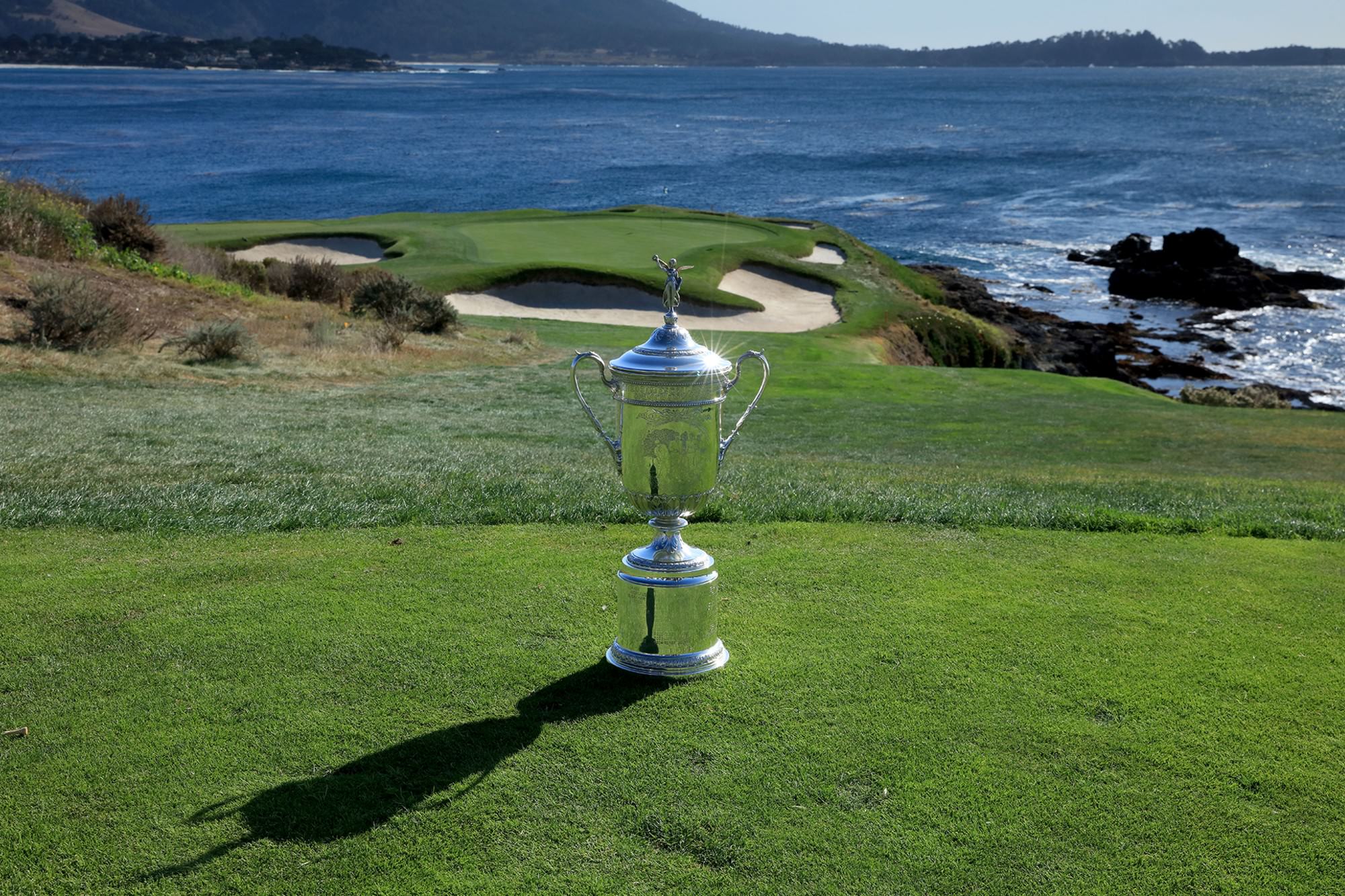
Quiz: 50 years of US Open champions
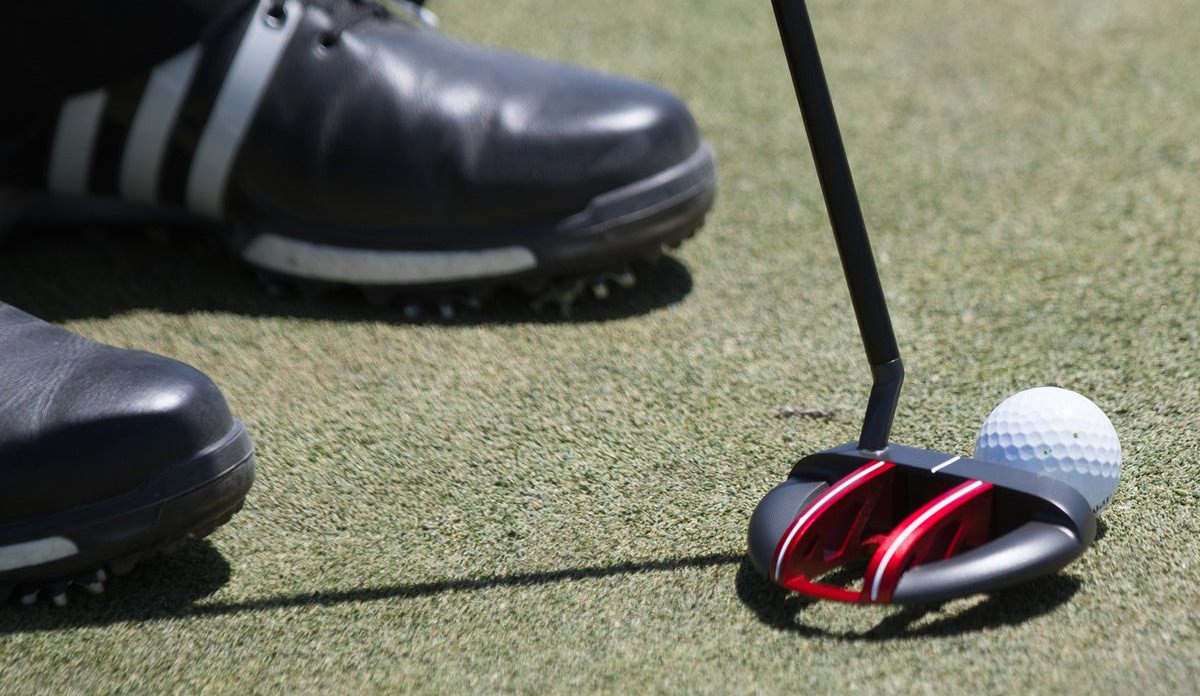
Which players are using new gear at the US Open?
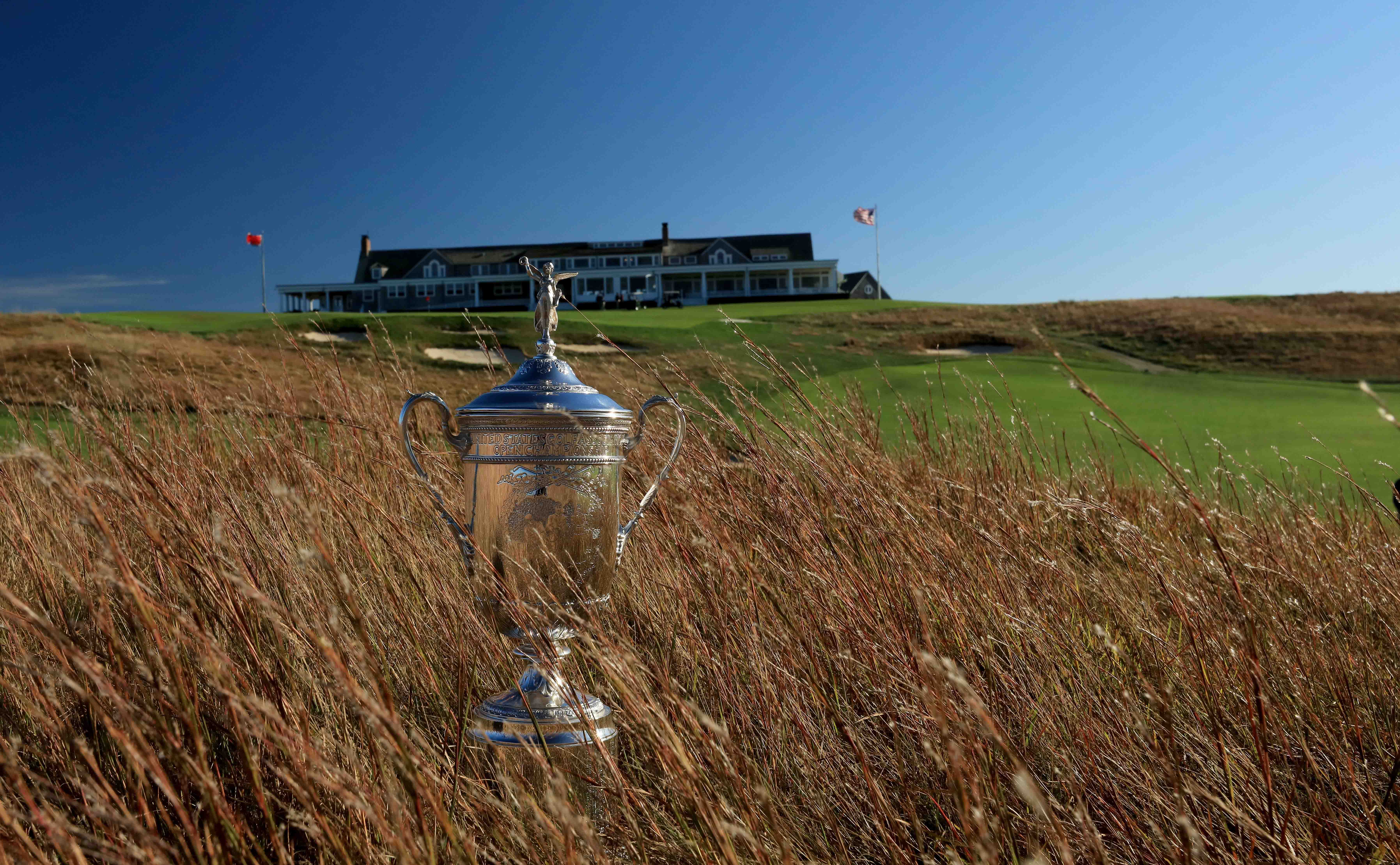
Who will be King of the Hills?
Steve Carroll

A journalist for 25 years, Steve has been immersed in club golf for almost as long. A former club captain, he has passed the Level 3 Rules of Golf exam with distinction having attended the R&A's prestigious Tournament Administrators and Referees Seminar.
Steve has officiated at a host of high-profile tournaments, including Open Regional Qualifying, PGA Fourball Championship, English Men's Senior Amateur, and the North of England Amateur Championship. In 2023, he made his international debut as part of the team that refereed England vs Switzerland U16 girls.
A part of NCG's Top 100s panel, Steve has a particular love of links golf and is frantically trying to restore his single-figure handicap. He currently floats at around 11.
Steve plays at Close House, in Newcastle, and York GC, where he is a member of the club's matches and competitions committee and referees the annual 36-hole scratch York Rose Bowl.
Having studied history at Newcastle University, he became a journalist having passed his NTCJ exams at Darlington College of Technology.
What's in Steve's bag: TaylorMade Stealth 2 driver, 3-wood, and hybrids; TaylorMade Stealth 2 irons; TaylorMade Hi-Toe, Ping ChipR, Sik Putter.





